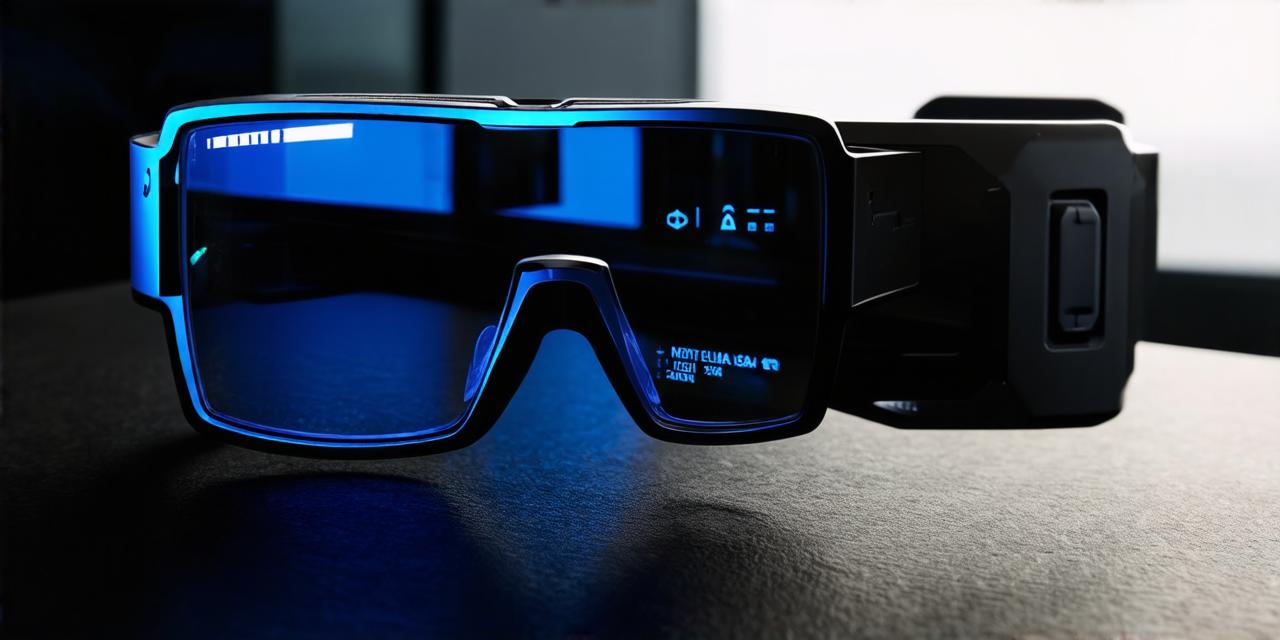Introduction
Augmented reality (AR) technology has been around for a while, but it has only recently started to gain traction in the business world. AR refers to a digital technology that enhances or “augments” real-world environments with computer-generated graphics and images. This technology is revolutionizing the way businesses operate by enabling them to provide customers with immersive and interactive experiences.
The Rise of Augmented Reality in Business
AR has been around for a while, but it wasn’t until the launch of Apple’s ARKit framework in 2017 that the technology really started to take off. Since then, the popularity of AR has skyrocketed, and businesses across different industries are starting to explore its potential.
One of the main reasons for this is that AR enables businesses to create highly immersive experiences for their customers. For example, in the retail industry, AR can be used to enable customers to try on clothes virtually or to visualize products in a 3D environment before making a purchase. In the automotive industry, AR can be used to provide customers with a virtual showroom experience where they can customize and explore different car models.
AR can also be used for training and education purposes. For example, medical professionals can use AR to visualize complex surgical procedures, while engineers can use AR to simulate and test different designs and prototypes.

Impact of Augmented Reality on Different Industries
The impact of AR on different industries is significant. Here are some examples:
Retail
In the retail industry, AR is being used to create highly immersive shopping experiences for customers. For example, IKEA has developed an AR app that enables customers to visualize how furniture will look in their home before making a purchase. Similarly, Sephora uses AR to enable customers to try on makeup virtually and see how it looks on them.
Manufacturing
In the manufacturing industry, AR is being used for training and education purposes. For example, GE has developed an AR app that enables workers to learn how to assemble complex machinery by visualizing the steps involved in the process. Similarly, BMW uses AR to train its workers on how to install different parts of a car engine.
Real Estate
In the real estate industry, AR is being used to provide customers with virtual tours of properties. For example, Zillow has developed an AR app that enables customers to see what a property would look like in 3D before making a purchase. Similarly, Redfin uses AR to enable customers to see how different furniture and decor items would fit into a space.
Education
In the education industry, AR is being used for training and education purposes. For example, NASA has developed an AR app that enables students to learn about space exploration by visualizing the different planets and moons in our solar system. Similarly, Duolingo uses AR to enable language learners to practice speaking and listening skills by engaging with native speakers from around the world.
Challenges and Opportunities of Augmented Reality for Businesses
While AR presents significant opportunities for businesses, it also poses some challenges. Here are some examples:
Cost
One of the main challenges of AR is cost. AR technology can be expensive to implement, particularly for small businesses with limited budgets. However, as the technology becomes more widely available and the prices come down, this will become less of an issue over time.
Complexity
AR technology can be complex to implement and requires specialized skills and expertise. This can be a challenge for businesses that do not have in-house AR developers or experts.
